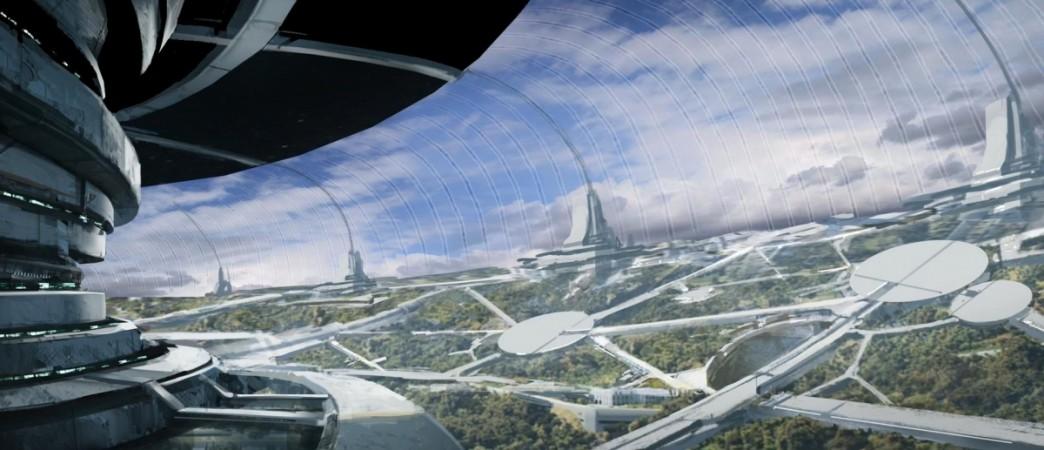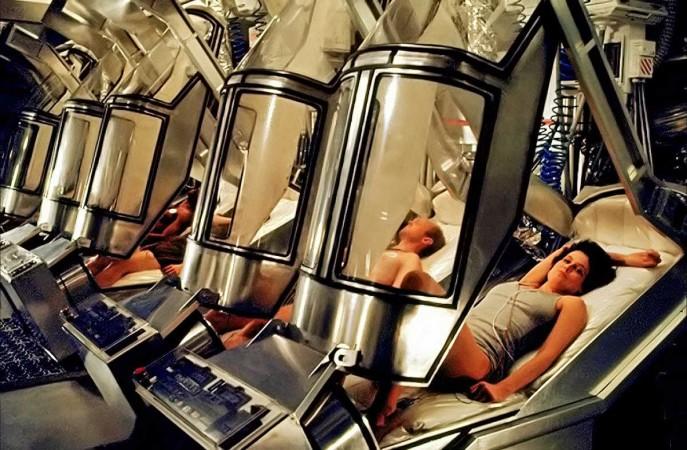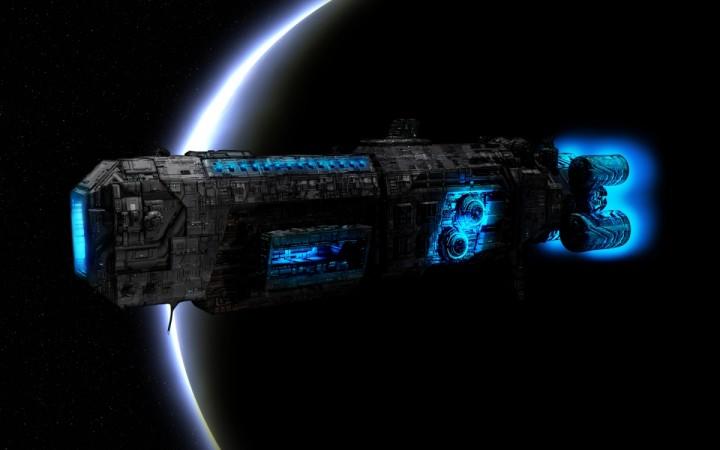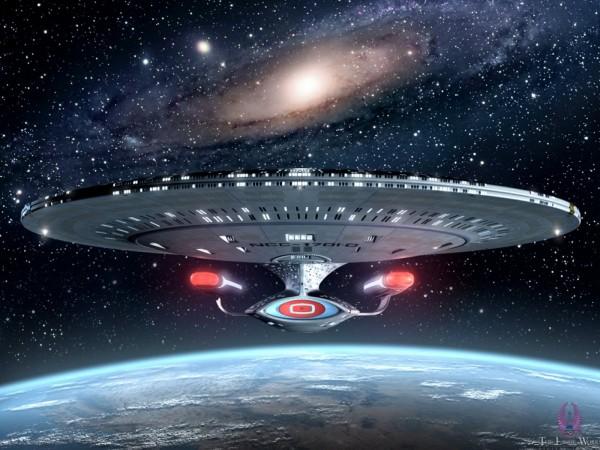
About 40 light years from Earth may lie salvation for the human race. After NASA's announcement that they had found seven Earth-like planets (exoplanets) that may be habitable, all eyes turned to the heavens to breathe a collective sigh of relief.
TRAPPIST-1: NASA has found 7 habitable exoplanets that could finally save the human race [VIDEO]
It goes without saying that we have thoroughly screwed up our home planet, and resources are dwindling fast. So does NASA's discovery mean that we'll be off to our new home sometime soon? Hardly, in fact humans might never set foot in the Trappist-1 system; not live ones, at least.
Why? Because getting humans there in one piece is going to require the development of technology that would go well beyond the scope of physics and engineering as we know it. It would also require us to enhance energies of which we know little or nothing about at the moment.
The fastest moving machine humans have ever developed is the Voyager 2, which is travelling at about 17kms, at that speed it would take us about 700,000 years to reach the Trappist-1 system. Good luck with that!
Many scientists believe that about 10% of light speed may be achievable at some point this century, which means we could reach Trappist-1 in about 400 years. So if we did decide to pop over and start a brand new human civilization, how would we get there....

Interstellar Arks
More commonly known as Generation Ships (powered by fusion reactors, nuclear pulse jets, or solar sails), these interstellar arks would ferry a small crew and a large number of frozen human and animal embryos, and plant seeds to Trappist-1. The crew would live and die on board the ship, but a contained breeding programme could mean that generations would pilot the ship to its destination.
Upon reaching the planet, semi-sentient AI and self-replicating nanobots could lay the foundation for biomes and begin terra-forming where practical.
The frozen embryos could then be unfrozen and placed in artificial uteruses to eventually be born. These young species could then be brought up either by robotic guardians or the final generation of the original Ark.

Sleeper Ships
These ships would be very much like the one seen in the Chris Pratt-Jennifer Lawrence film Passengers. Passengers and crew would be put into suspended animation, or cryogenically frozen, for most of the 400-year journey to Trappist-1, and awoken maybe a few months before reaching their destination.
The difficulties here are myriad, for one they would have to stop the ageing process for the sleepers, and then find a way to awaken them without causing any serious biological or mental damage.
Current technology is nowhere near succeeding at this, even before we take into account the massive timescales.

Antimatter-powered spaceships
This is purely theoretical. But scientists speculate that if antimatter could be stored and converted into gamma energy then the spacecraft could theoretically reach up to 90% light speed, which would shorten the journey to about 10 years (if we take into account time taken for acceleration and deceleration).
The problem here is that very little is currently known about antimatter and its properties; most importantly its volatility, the effect of massive gamma radiation on the ship's occupants (how much shielding would be required?), and the heat generated by the propulsion process.
If, however, we do succeed at this then we can safely assume that we've also mastered that art of cryo-sleep, and bringing frozen embryos to life, and in that case we can travel all across the known universe.

Faster-Than-Light Travel (FTL)
It's very, very unlikely that we will ever be able to power a spaceship to these speeds using a propellant. Humans will have to master space-time manipulation in order to achieve this goal.
The Alcubierre Drive — and its theoretical ability to modify spacetime, which will allow a ship to move from one point in space to another in a fraction of time — has long been a sci-fi writer's dream, but it is likely to remain that way.
The physics required to understand, create, and stabilize, wormholes, using the Einstein-Rosen Bridge theory, is well beyond our reach at the moment, even if it's possible at all.
NASA's Breakthrough Propulsion Physics Program, the 100 Years Starship program, and Icarus Interstellar are all projects that are currently working to crack the problems around interstellar travel.
All of them envisage a timescale of at least a century to even begin to build a prototype. So let's face it, we're not going anywhere in a hurry. But hell, at least we can dream!

















